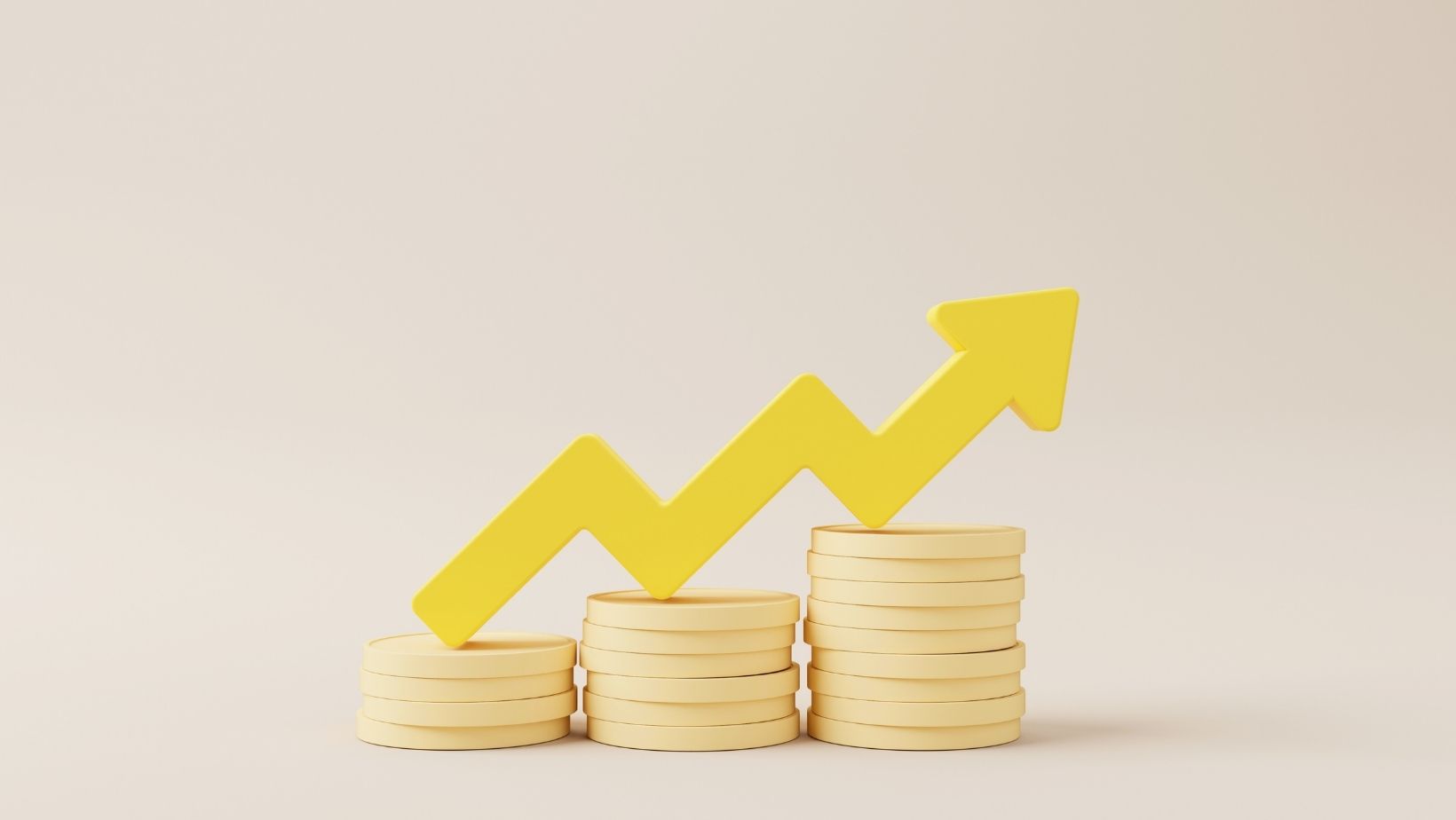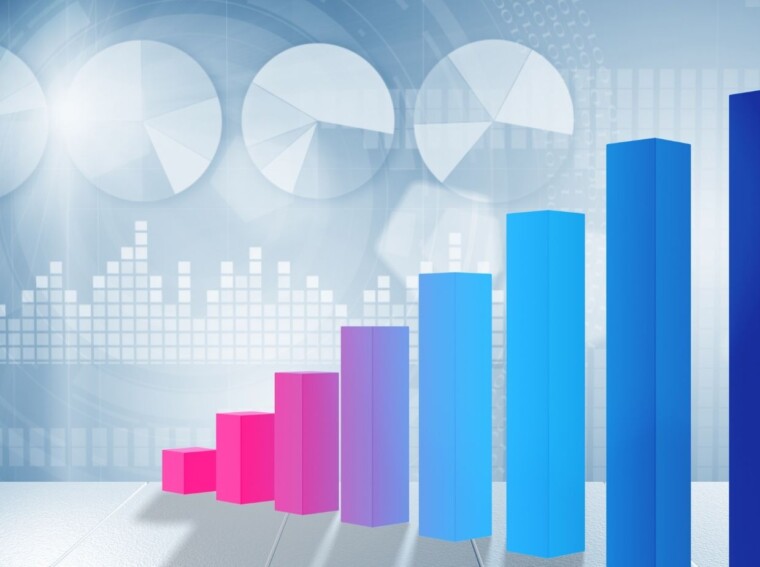As economies grow, their demands naturally increase. This phenomenon can be observed across various sectors and industries. As a country experiences economic growth, there is typically a rise in consumer spending, investments, and government expenditure.
One key aspect of economic growth is the increased demand for goods and services. As people’s incomes rise, they have more purchasing power and are able to afford a higher standard of living. This leads to an increased demand for consumer goods such as electronics, vehicles, clothing, and household appliances.
Furthermore, as economies expand, there is often an increased need for infrastructure development. Growing populations require improved transportation networks, including roads, bridges, airports, and public transit systems. In addition to physical infrastructure projects, there is also a demand for social infrastructure like schools, hospitals, and recreational facilities.
Moreover, with economic growth comes the need for energy resources to sustain industrial production and meet the rising energy demands of businesses and households. This can lead to an increase in demand for fossil fuels or a shift towards renewable energy sources.
Factors Driving Economic Growth
As economies grow, they naturally experience an increased demand for various goods and services. This upward trajectory is driven by several key factors that contribute to economic growth. Let’s explore some of these factors in more detail:
- Population Growth: A growing population plays a significant role in driving economic expansion. As the number of people increases, so does the demand for essential commodities such as food, housing, and healthcare. This surge in demand stimulates production and encourages businesses to expand their operations, leading to overall economic growth.
- Technological Advancements: Innovation and technological progress are crucial drivers of economic growth. Breakthroughs in technology lead to improved efficiency, productivity, and competitiveness across industries. For instance, advancements in automation have revolutionized manufacturing processes, allowing companies to produce more with less effort and resources.
- Investment in Infrastructure: Adequate infrastructure is vital for sustained economic development. Investments in transportation networks, communication systems, energy facilities, and public services create a favorable environment for business activities to thrive. Improved infrastructure not only enhances connectivity but also attracts both domestic and foreign investments that fuel economic growth.
- Education and Skills Development: Human capital is a critical factor driving economic growth. A well-educated workforce equipped with relevant skills can drive innovation, productivity gains, and overall industry advancement. Investing in education and training programs helps develop a highly skilled workforce capable of meeting the demands of evolving industries.
- Political Stability: Stable political environments foster investor confidence and provide a foundation for robust economic growth. Countries with stable institutions attract more investment opportunities because investors feel secure about the future prospects of their businesses.
- Natural Resources: Access to abundant natural resources can significantly contribute to economic growth by fueling sectors such as agriculture or mining that rely on raw materials extraction or production.
Remember, economic growth is a complex process influenced by numerous interconnected factors. While these factors contribute to growth, it’s essential to recognize that their impact can vary from one country or region to another.

As Economies Grow They Demand More
As economies grow, they naturally demand more. This phenomenon can be observed in the realm of consumer behavior, where an expanding economy often leads to an increase in consumer demand. Let’s delve into the factors that contribute to this upward trend.
- Economic Prosperity: When economies experience growth and prosperity, people tend to have more disposable income at their disposal. This financial stability encourages consumers to spend on a wider range of goods and services, thereby driving up overall demand.
- Population Growth: Growing populations also play a significant role in increasing consumer demand. As more individuals enter the market as potential consumers, there is an inherent need for greater quantities of products and services to meet their needs and wants.
- Changing Lifestyles: As societies evolve, so do the preferences and lifestyles of individuals within them. Technological advancements, globalization, and cultural shifts all contribute to changing consumer behaviors. For instance, the rise of e-commerce has transformed the retail landscape by providing convenient access to a multitude of products at any time or place.
- Innovation and Product Development: The continuous innovation in various industries leads to new product offerings that capture consumers’ attention and generate excitement. Whether it’s cutting-edge technology or innovative fashion trends, these new offerings create fresh avenues for consumer spending.
- Marketing Strategies: Effective marketing campaigns can influence consumer behavior by highlighting the benefits and desirability of certain products or services. Companies invest heavily in advertising efforts aimed at creating awareness and generating interest among potential buyers.
It’s important to note that increasing consumer demand is not only limited to tangible goods but also extends to intangible services such as healthcare, education, entertainment, travel experiences, etc.
In conclusion (as per your instructions), as economies grow they naturally demand more from various sectors including retail, manufacturing, technology, hospitality—essentially all facets contributing towards meeting increased consumer demands across different verticals.
